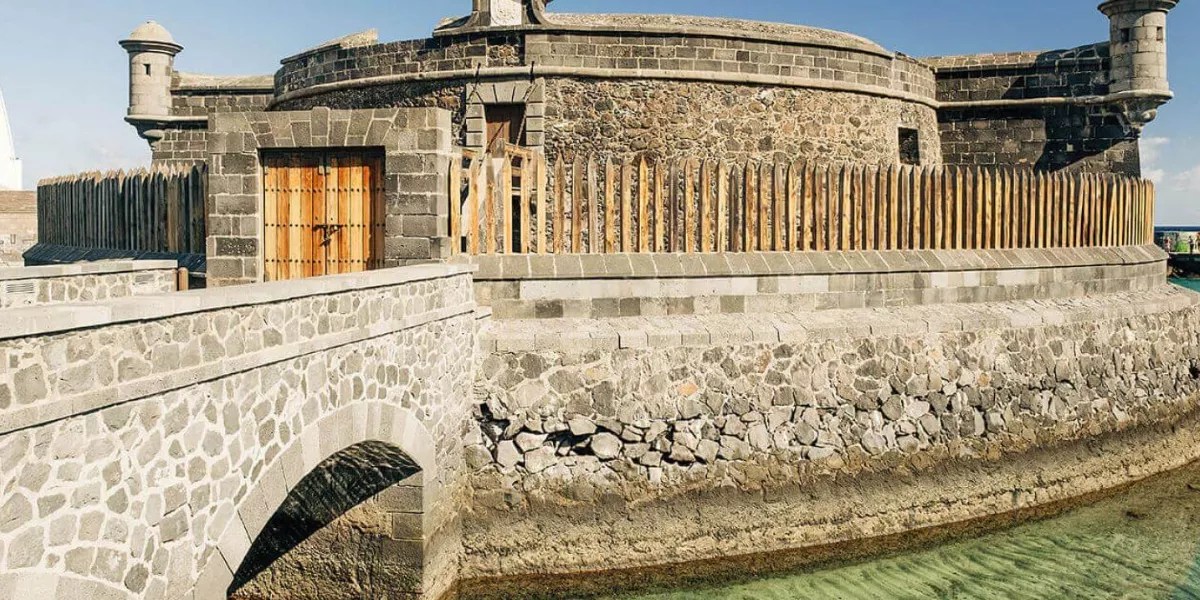“The moment has arrived,” they assert. Thirty-three years have elapsed since the Iders building was vacated due to aluminosis. From that fateful day on 4 October 1991, the tale of the most significant urban abandonment in Puerto de la Cruz commenced, causing distress for its proprietors and the residents of adjacent apartments who have dwelled in fear of collapse amidst a sea of litter.
For over thirty years, as cited by the latter, the edifice has endured a lack of maintenance, with conditions deteriorating further. Up until two years ago, squatters occupied the premises, leaving behind a shocking legacy of tonnes of rubbish strewn across the 8,869 square metres of the site, which remains uncleared despite its declaration as being in imminent danger of collapse in June 2022 by the Sustainable City department.
Just days later, on 28 June, local residents, hoteliers, and traders from the Martiánez district came together for the first time, peacefully advocating for the local council to address the dereliction of the property, situated along Familia de Betancourt y Molina Avenue, in the heart of the municipality’s tourist zone. This culminated in the eviction of 30 individuals residing within, and the erection of fences around the building.
Rather than marking the start of a resolution anticipated by all parties involved, the Iders has become a quintessential ‘white elephant’, a term in architectural circles referring to constructions that are rendered impractical and abandoned due to their expense, neglect, or operational difficulties. This scenario is compounded by the inaction of successive local administrations, the ownership situation, and the complexities of a process rife with bureaucratic and legal challenges.


Residents in nearby apartments and commercial properties are increasingly anxious because, last week, as a result of wind and rain, some dilapidated supports and other construction materials collapsed, necessitating a response from firefighters.
As evidence, Jesús Gutiérrez, spokesperson for the community of owners on Avenida, refers to some debris caught in the remnants of the protective netting installed on the building’s facade.
“There are ten floors located in the heart of the city, facing an avenue bustling with thousands of people and vehicles daily, bordering five other properties. We report this to document it and urge the authorities to take action. The concern is that should anything occur, we will face the consequences,” laments Eduardo Luis, president of the Iberia building.
Jesús explains to this publication that the supports “were once reinforced with wooden wedges that have now deteriorated. When unmoored, they succumb to even the slightest breeze and fall. The remnants that remain are likely to land on the street. The issue arises if they strike an individual; that’s a risk we need to avert,” he insists.


“We are neither builders nor experts, but we are not oblivious to the situation; this could collapse at any moment as more cracks become evident,” clarifies Eduardo. “Didn’t they mention aluminosis? This further highlights the necessity for maintenance, especially after its declaration of imminent ruin,” his companion queries and answers simultaneously.
The lot and the building’s interior have essentially turned into a refuse site. To witness this, one need only ascend to one of the nearby floors or rooftops. The view it presents starkly contrasts with the azure of Martiánez beach and the grandeur of the soon-to-open Taoro hotel. This stands in contrast to the revitalisation that the area has seen, with refurbished properties and new businesses coming to life.
In earlier times, residents grappled with worry over squatters igniting rubbish, sparking fire outbreaks and altercations. Furthermore, they have had to contend with the constant presence of mosquitoes, rats, roaches, and pigeons, all while the building’s condition continues to decline. “We are cognisant that by remaining in such proximity, we are accepting a risk,” they assert.
“We are not going to remain idle at home; that is the reason we are taking action and demonstrating,” highlights Jesús Gutiérrez.
“The rubbish is still present and poses a potential risk. If they are unable to clean it, the solution would be to demolish the structure and remove the rubbish along with the debris,” they suggest.
The rubbish accumulating in the exterior bins located opposite also impacts them. These are utilised by residents from the nearly 700 flats within the entire block, as well as by businesses, bars, and restaurants on the nearby streets, who claim that collections occur less frequently than needed. The tunnels, which were decorated during the International Art Festival on Mueca Street, are in a state of disrepair and rust. “They have been non-functional for years. This is where the rats come from, migrating from Iders because that’s where the food is,” Eduardo remarks with irony.


The last discussion they had with the City Council regarding the future of the property took place a month and a half ago, specifically with the Sustainable City councillor, David Hernández. “It is true that they are making efforts, and we acknowledge that they have accomplished a lot, but so far we have not observed any resolution,” is the consensus.
The mayor, for his part, notes that “the timing is not as we would prefer” and that the situation “is an enormous bureaucratic tangle” that they are attempting to expedite, “we aren’t being inactive,” he states.
He also points a finger at the owners. “The declaration of imminent collapse has been a mechanism for them to engage and thus offer assistance, yet there is a disconnect and indifference on their part; they have not responded to the City Council’s requests nor submitted a demolition proposal.” Consequently, the local government is considering “more direct actions”, although he refrains from specifying what these might entail.
The councillor further refrains from providing additional specifics concerning the condition of the building. “It was recently assessed following some landslides and remains in the same state,” he admits.















